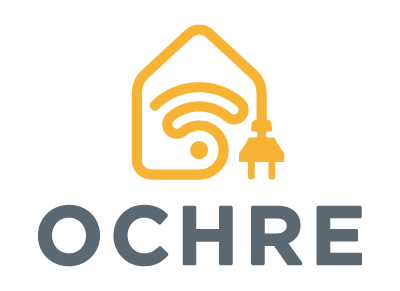OCHRE: Object-Oriented Controllable High-Resolution Residential Energy Model

Emerging technologies in residential buildings are changing the nature of energy consumption and creating opportunities for demand flexibility. To study these opportunities, NREL has created the Object-oriented Controllable High-resolution Residential Energy (OCHRE™) model.
Residential buildings are experiencing rapid changes in many demand-side technologies, including energy-efficient heat pumps, heat pump water heaters, electric vehicles, rooftop solar, and energy storage systems. These devices are often equipped with cloud-connected controllers that can adjust the quantity and timing of energy consumption. This control presents a unique opportunity for residential customers to save on energy costs, reduce carbon emissions, and improve electric grid operations. OCHRE can simulate a variety of control methods, in individual homes and at scale, to quantify these benefits and impacts. OCHRE uses detailed thermal and electrical modeling of residential end-use loads and the building envelope and integrates with grid simulators, device controllers, and aggregators.
Researchers at NREL have used OCHRE to perform high-resolution time-series co-simulation of thousands of buildings connected to the grid simultaneously, enabling the control and aggregation of tens of thousands of distributed energy resources and end-use devices. OCHRE allows NREL to answer pressing questions about the impacts of emerging demand-side technologies on the grid, including their ability to provide grid services and to enable the integration of renewable resources.
Capabilities
- Model end-use loads and building-sited distributed energy resources such as smart HVAC equipment and thermostats, water heaters, electric vehicles, rooftop solar, and energy storage
- Model the building thermal envelope and interactions between electrical and thermal loads at high resolution
- Examine the impacts of novel control strategies on building energy consumption and occupant comfort
- Perform scalable building-grid cosimulation with a diverse representative sample of residential buildings
- Leverage capabilities from NREL's established modeling tools, including EnergyPlus™, BEopt™, ResStock™, SAM, and EVI-Pro
Publications
The Impact of Energy-Efficiency Upgrades and Other Distributed Energy Resources on a Residential Neighborhood-scale Electrification Retrofit, Applied Energy (2023)
Home Energy Management Under Realistic and Uncertain Conditions: A Comparison of Heuristic, Deterministic, and Stochastic Control Methods, Applied Energy (2022)
Savings in Action: Lessons From Observed and Modeled Residential Solar Plus Storage Systems, NREL Technical Report, (2022)
OCHRE: The Object-oriented, Controllable, High-resolution Residential Energy Model for Dynamic Integration Studies, Applied Energy (2021)
Contacts
Share

